Dealing with Extreme Tonal Range
When you see a stunning photo like the one below from California’s Redwood National Forest, you may wonder just how one captures images with such a wide tonal range? Capturing an extreme tonal range in landscape photography often poses a challenge, even for the most experienced photographers. The following are some of the techniques that we use to handle such a challenge.
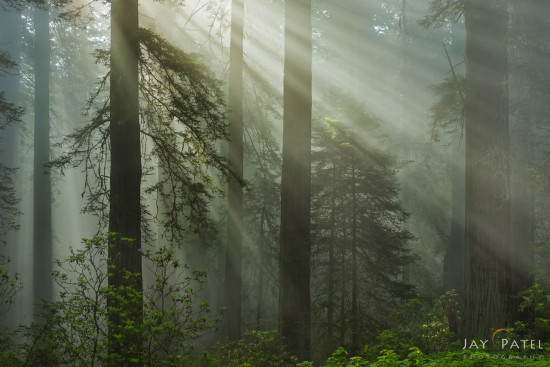
Manually blended using Photoshop from 3 bracketed shots – Redwood Forest National Park, California (CA), USA
Bracketing and Blending
Experienced landscape photographers likely solve this problem by bracketing and using HDR software or manual blending techniques to blend images in post-processing. Because this technique requires the camera to remain perfectly steady between the shots, we use a 2-second time delay and a rock-solid Induro tripod while bracketing out the shots. The downside of this technique is that it requires advanced post-processing knowledge to ensure that your photos have a natural look.
Choice of Composition
One simple trick to deal with extreme tonal range is to pick the right composition. I’m the first one to admit that this may not always be possible but, when it is, the results can be spectacular.
The following are two shots that were taken during filming our Behind the Lens course in New Zealand. The first photo with brilliant colors was captured by standing outside of and looking into the Cathedral Cave. The even light during that time of the day made the tonal range narrow enough to be captured by the camera in a single shot. The extreme tonal range in the second photo, shot by looking out of the Cathedral Cave, required bracketing and blending.
Using Muted Light
An easier way to eliminate the problem of wide tonal range is to simply wait for the right lighting conditions. Midday light tends to be harsh, forcing you to deal with deep shadows and blown highlights. Early morning or late evening light produces a narrower tonal range; overcast skies soften light even further. In many cases, your camera can easily handle that compressed tonal range. If you want to capture an image in-camera and avoid using software to blend images, take the photograph when the light is soft and even.
I took the two photos below in Washington’s beautiful Olympic National Park. The first photo of Sol Duc Falls was shot early in the morning, well before the sun was high in the sky. The soft light allowed me to properly expose every part of the image without bracketing or targeted blending to bring out the details in the water. I could have created an equally-effective image under overcast skies.
Soft, even light often requires a long exposure so we rely again on our tripod and 2-second timer delay to capture photos like these.
Notice that the direct sunlight in the second image of the falls (above) creates harsh highlights in the bright areas and a lack of detail in the shadows. Although the rainbow is pretty, the extreme tonal range is more than the camera could handle, so the image doesn’t work.
Using a GND Filter
If your horizon is level, you can use GND filters to tame the extreme tonal range. We carry a set of 2- and 3-stop GND filters to capture images like the following one.
This image in Death Valley’s Mesquite Dunes was captured using a 3-stop hard GND filter. Notice that the filter darkened the top of the mountains on the left but managed to reduce the dynamic range of the scene so that it could be captured in-camera using minimal post-processing.
So… if you are just starting out in landscape photography and are overwhelmed by the technical complexity of bracketing and blending, you can fall back on the other two ideas to make dealing with extreme tonal range more manageable.
Want to learn more? Check out these video courses on Visual Wilderness:

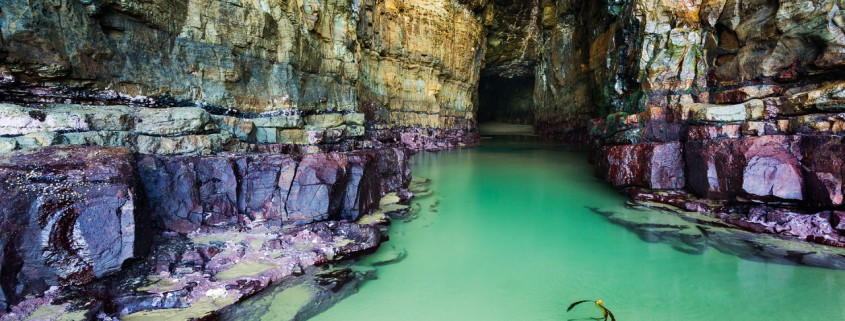
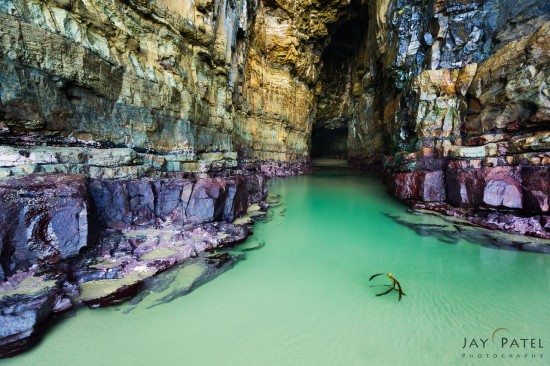
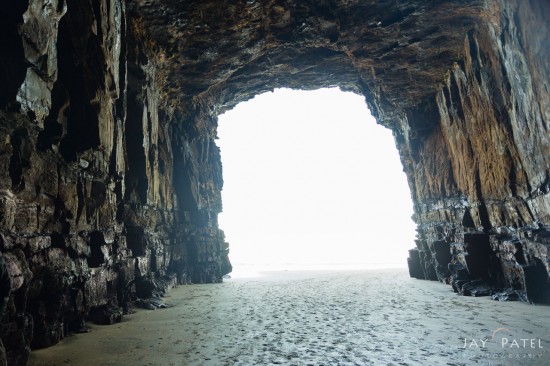
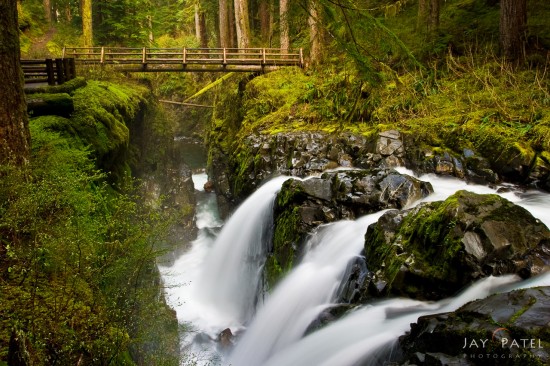
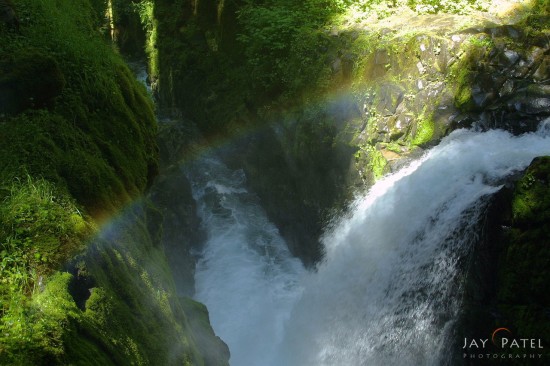
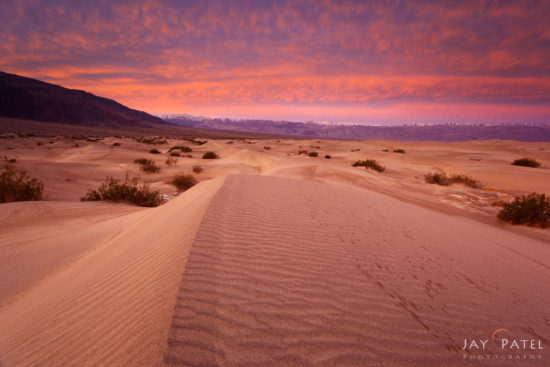

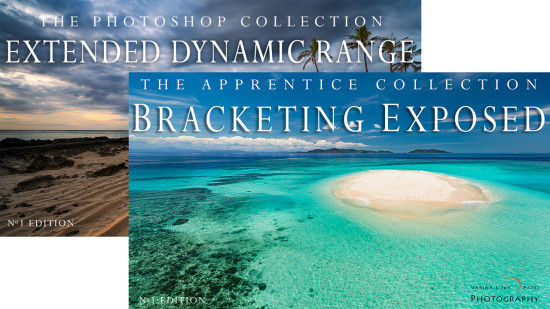


Really, this article was published 4 years ago.
Original article was published 4 years ago. If we update our older article with more information, additional examples or other relevant topics we will republish them.
Can’t wait til there is a camera with a huge dynamic range.To many great photo opts that get away because of the conditions are not met because of the limitations of the camera.
They will help is some situation while make the images look rather flat in other situations. And even if you get camera to capture fantastic dynamic range you need to have a device (monitors) to view them.